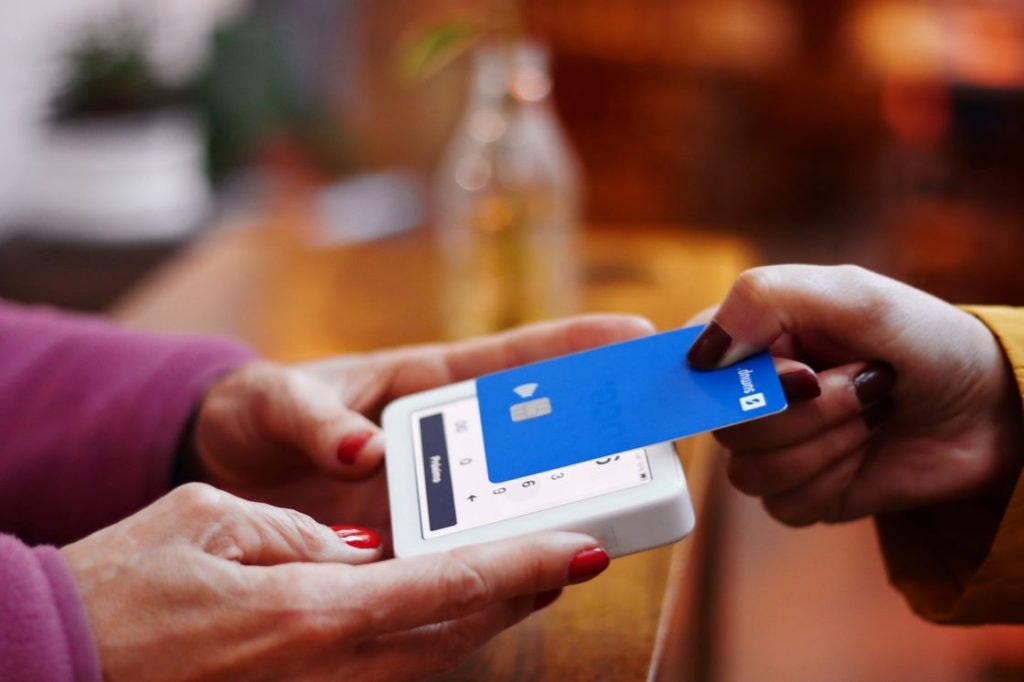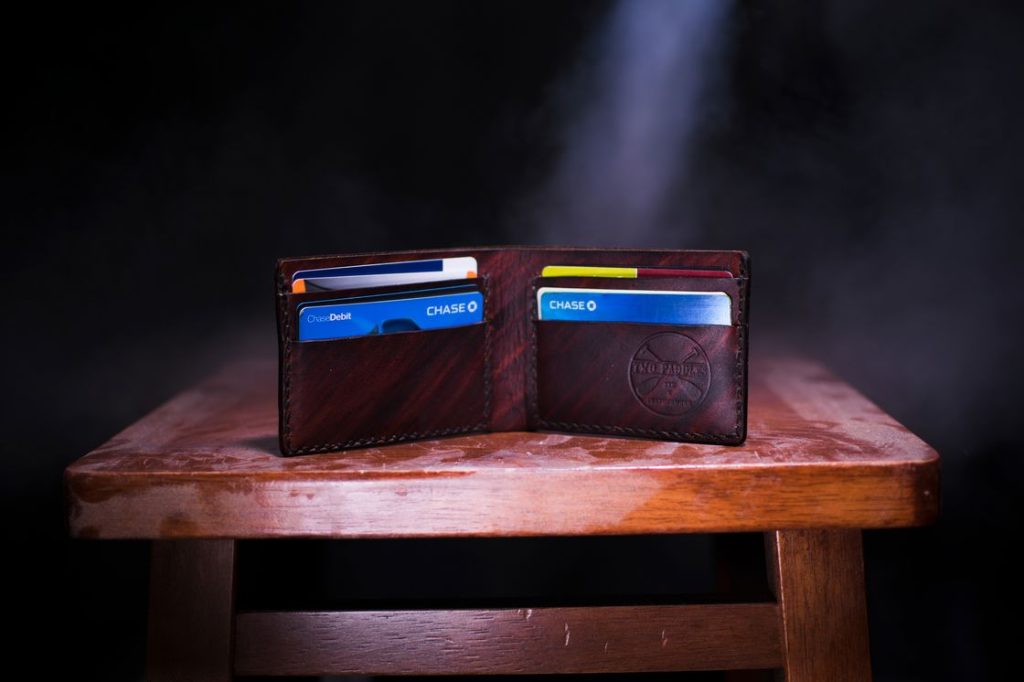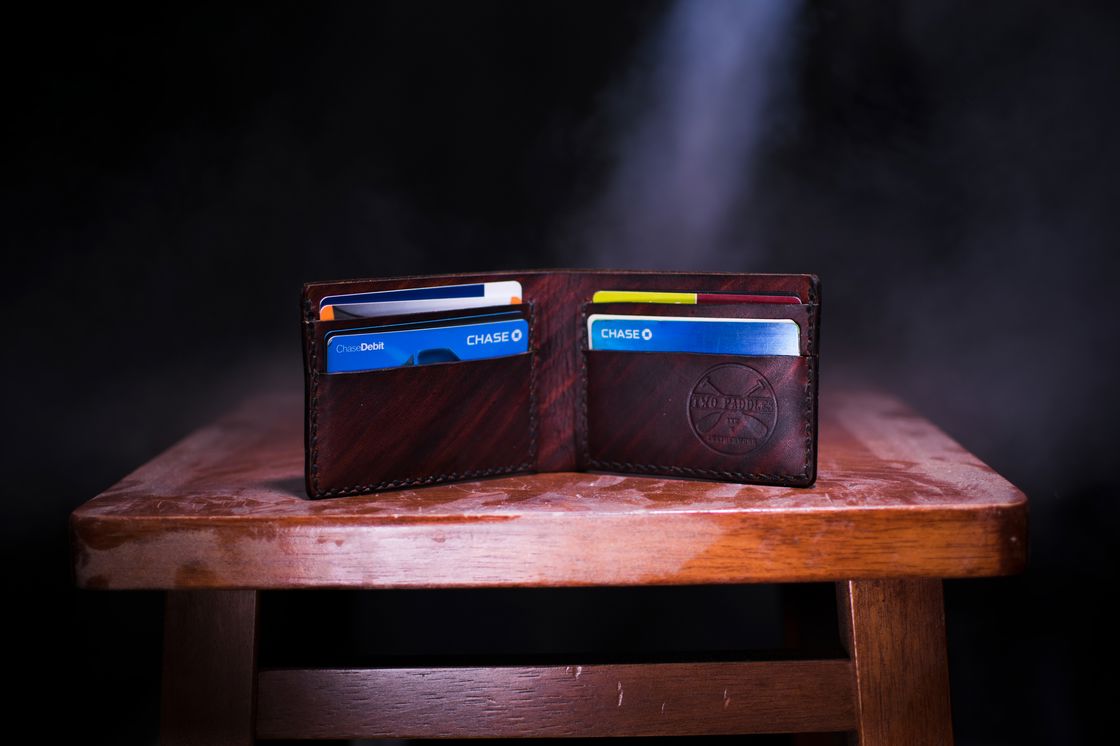Leaving your online shopping cart empty because you didn’t know your whole card number. It is disheartening. I can relate to a similar situation at Everlane online a few weeks ago. Yet, being the investigative fanatic that I am, I researched my way through this bugging question: How to see a Chase credit card number online? Read on to look at my findings!
How to See a Chase Credit Card Number Online
You can see a Chase credit card number online by logging into your account through the Chase website. Click “Account Details” and scroll to “Card Information” or “Statement.” You can view your whole card number there.
Alternatively, you can find it out through your Chase app. Click “Account Services” and then “Stored Cards.” However, you can only see the last four digits of your card number through the app. The purpose of hiding it is to protect your identity online.

In contrast, remember that the number on the card and CVV numbers differ. Card Verification Value (CVV) is a protective code you must give along with the card number to confirm purchases. Nonetheless, merchants are not allowed to store CVV as default information.
Other Ways to Look For Your Credit Card Number
You can find your number offline, too. It is printed on your card, for one thing. Although, what if you need it when you do not have the card with you? Or if your phone died for some reason? You should know where to look.
It also helps to keep your documents safe if you know the whereabouts of your confidential details.
Credit Card Statement
Your credit number is written at the head of your credit card statement. You can either access it online or get it printed. Make sure to keep the statements locked up if you like to keep a paper trail of your records.
Alternatively, avoid storing them on your phone, too. Your best option could be to get an extra storage device and create an encrypted or password-protected folder for your banking information. Your phone can be more vulnerable to decryption and theft.
Merchant Sites
Most online stores require you to store your payment details in default settings. It is another easy access feature where you do not have to fill out checkout particulars repeatedly. You can find the number there, too.
Due to identity theft risk, avoid the auto-refilling feature for your card details.
Customer Services
Asking your bank directly can be the safest offline option for finding your credit number. You can call customer support to inquire. They will confirm your identity through your details and perhaps a security question.
Importance of Keeping Your Number Secure
Your credit card number identifies several points:
- Payment network
- Card issuing company
- Cardholder
- Checksum for card validation

Your card can be misused in many ways if the number is stolen. That’s why you need to keep it under wraps. Data theft has become an organized business involving several interested parties. All of this can happen if your card number is stolen:
Cloning
Cloning or skimming is a standard method that scammers use. It requires the card information to work instead of the physical card. Because of customer traffic, this crime occurs through hidden e-scanners at gas stations and independent kiosks. Scammers can hide their devices without the owners or workers noticing.
Then, they transfer the stolen details to rewrite multiple stolen cards. The best defense is to go contactless, as cloning works with swipe cards only. Prefer bank-associated ATMs for cash advances.
Fraudulent Spending
Once your card number is stolen, fraudsters race to spend your money online. It is a matter of them draining it faster than the bank blocking it. Moreover, your number exchanges many hands within minutes before the final buyer goes on a shopping spree. This tactic is used to cover the criminal’s identity.
This method is luckily not foolproof, and you are not liable for fraud charges. Despite that, realizing you were taken advantage of may make you uncertain. CVV comes into play here because the e-scanners can not detect it from your card.
Card Churning
Although banks have strategized preventive measures, a scammer may still use this method with your card number. Card churning means getting cards for the sole purpose of maximizing welcome bonuses and card reward benefits. Then, the buyer cancels the cards before the annual fee is due and moves on to the next one.
You might overlook identity theft if you ignore your credit statements and bank alerts. A hacker can apply for multiple cards in your name before you realize it. Card churning may not affect your credit score. However, it can seriously undermine your creditworthiness to the issuing companies.
Another churning method is applying for the same card repeatedly to avail bonuses. Fortunately, Chase Bank’s 48-month and 5/24 rules have made this option impossible.
Tips to Keep Your Card Details Secure
While you can not comb every other place for scam scanners, you can control your level of safety. You can start by choosing merchant sites with legible URLs like https. Take steps today to stay out of the statistics of global fraud losses.
Guard Your Number
Do not store it in your Google Keep. You can either invest in a separate device or write it and lock that paper away. Also, be suspicious of anyone who asks you for your card number except your bank’s representative. Note that they would ask it for absolute reasons only.
Protect Your Online Presence
You can do that by investing in strong security software like McAfee. These programs block suspicious sites from accessing your browser and information. You can also enable the web browser blacklisting feature. It allows you to set criteria for secure, accessible websites.
Another thing to be wary about is random surveys. You might see an interesting-looking questionnaire and do it. It may allow scammers to steal your private details.
Be wary of website cookies also. Always check the options and select “Strictly Necessary” cookies each time. If you suspect anything, avoid browsing that website.

Change Passwords Often
Change your online account passwords within a few months. Even if someone might be monitoring you, they won’t be able to keep track. Additionally, use strong passwords, including characters and digits.
You can opt for multi-factor authentication for an extra security layer. Generate backups for your phone and computer. Remember to password-protect them also.
Protect Your Wireless Router
The routing device for your home or office should have a password. Anyone in the vicinity can use a non-encrypted device. An experienced hacker can easily gather your browsing and banking information through that connection.
Update Your Information
Enable suspicious activity alerts on your online accounts. Remember to be clear about how you receive those alerts. Keep an eye on your emails, calls, and texts. Furthermore, update your bank about any change in your home address or other contact details.
Related Questions
Is a Credit Card Account Number the Same as the Card Number?
A card account number is different from the card number itself. You can not use them interchangeably due to potential fraud threats.
Can You Get Your Chase Credit Card Number Before It Arrives?
You can only get your Chase card number after it arrives. However, you can check your Chase App online to look at the last four digits of the actual number.
How Can I Check My CVV Number Online For Chase?
You can check your CVV number online by logging in to your e-banking account. Then, you can narrow your card details for it. Moreover, you can call Chase Bank to ask about it.
Conclusion
You can find your Chase card number through various sources, including the Chase website and credit card statements. Be careful to store it privately to avoid scammers. Using two-factor authentication and backing up your devices can be helpful security measures.
